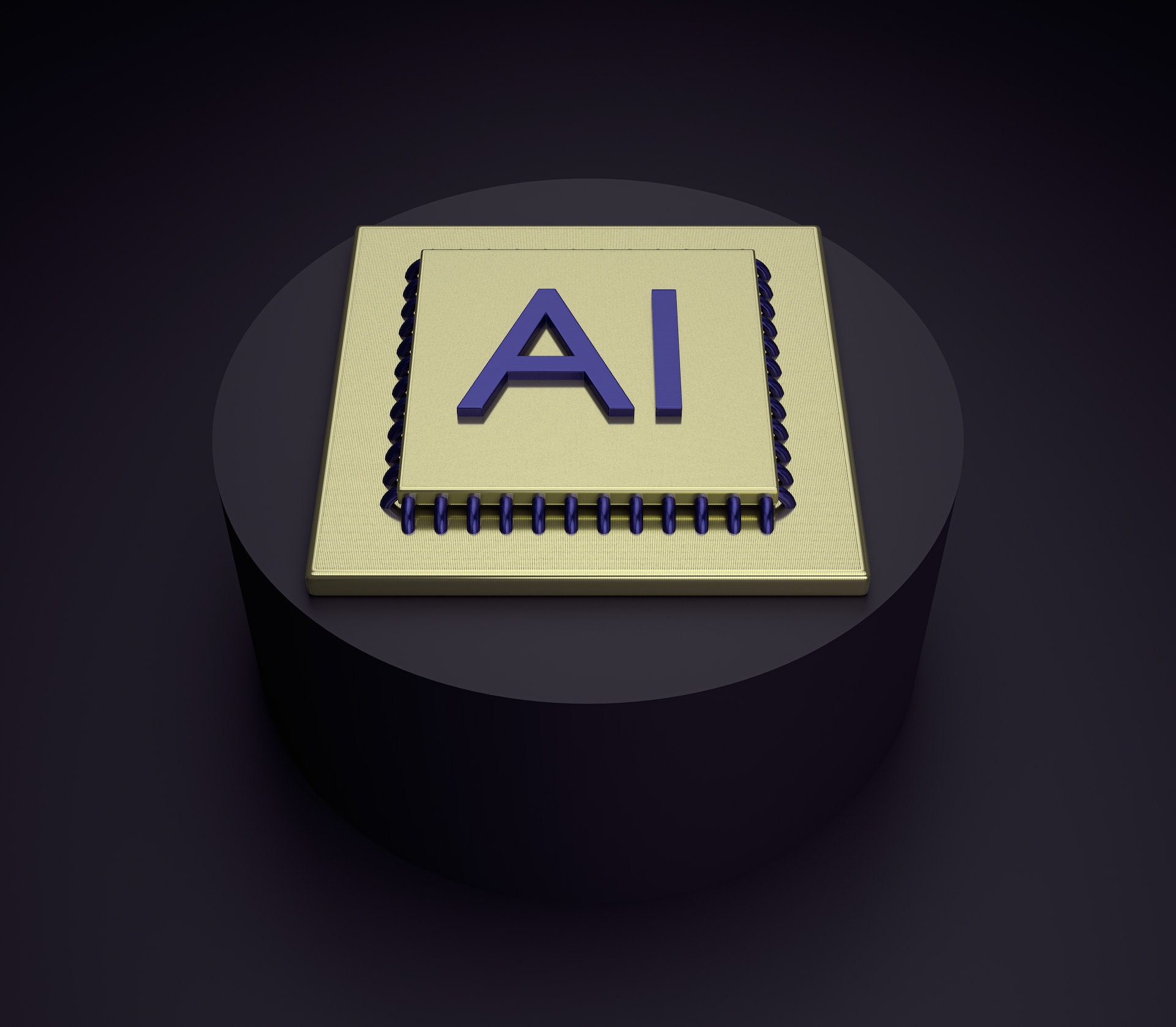Introduction
Artificial intelligence has once again blurred the lines between reality and imagination with the advent of Illusion Diffusion AI, a paradigm-shifting technology that turns textual descriptions into stunning visual art. This article embarks on a journey to uncover the layers behind Illusion Diffusion AI, navigating through its core components, practical applications, and the nuances of its operation. We’ll explore whether this tool is freely accessible, discuss its benefits and limitations, and provide insights into its intricate workings. Finally, we’ll wrap up with our thoughts on the implications of this AI marvel for the future of digital creativity.
What is Illusion Diffusion AI?
Illusion Diffusion AI is a term that has rapidly gained currency in the world of digital artistry. It is an AI-driven process that converts text-based prompts into complex, nuanced visuals, often with astonishing levels of detail and creativity.
- Concept Origin: The concept is rooted in the field of generative adversarial networks (GANs), where two AI models work in tandem to create and critique images, pushing the boundaries of automated creativity.
- User-Friendly: Despite its sophisticated underpinnings, Illusion Diffusion AI stands out for its user-friendly approach. It simplifies the creative process, allowing anyone with a vision to bring it to life, without the need for coding skills or artistic training.
- Community-Driven: Platforms like “illusion diffusion by hugging face” exemplify the community-driven aspect of this technology, where shared knowledge and collaborative efforts result in continuous improvement and innovation.
Core Components of Illusion Diffusion AI
The architecture of Illusion Diffusion AI is built upon several key elements:
- Generative Models: These AI components learn to create complex images by studying patterns and features in vast collections of artwork.
- Diffusion Techniques: The models use diffusion processes to gradually refine noise into structured images.
- Training Datasets: They are trained on diverse and extensive datasets to understand a wide range of artistic styles and elements.
- Natural Language Processing (NLP): This technology interprets user input and turns descriptions into visual art.
- Prompt Interpretation: NLP systems analyze the text prompts to grasp the intended imagery.
- Semantic Analysis: They examine the relationships between words in prompts to capture the nuances of user requests.
- ControlNet:
- Edge Detection: Implements algorithms to identify and emphasize the edges within images for more defined visuals.
- Control Maps: Produces maps that guide the generative model to create visuals that adhere closely to the desired shapes and outlines.
Installation and Setup of Illusion Diffusion AI
Installing and setting up Illusion Diffusion AI involves a sequence of steps:
- Acquiring the Software:
- Visit the official website or a repository like GitHub to download the latest version of the software.
- Ensure compatibility with your operating system and hardware specifications.
- Installation Process:
- Execute the downloaded installer or unpack the software package.
- Follow on-screen instructions to install the necessary components and libraries.
- Configuration:
- Set up user preferences and default settings for image generation.
- Optionally, integrate with other software or platforms for enhanced functionality.
How to Use Illusion Diffusion AI?
Using Illusion Diffusion AI to create art is straightforward with these steps:
- Initiating the Tool:
- Launch the Illusion Diffusion AI application or access it online.
- Familiarize yourself with the user interface and available tools.
- Creating With Prompts:
- Input descriptive prompts into the system to guide the image generation.
- Utilize the ‘illusion diffusion best prompts’ for inspiration and more effective results.
- Adjusting Parameters:
- Modify settings like ‘illusion diffusion strength’ to control the intensity of the effects.
- Use ‘illusion diffusion best settings’ as a benchmark for high-quality outputs.
- Generation and Review:
- Allow the AI to process the input and generate the image.
- Review the generated art, making adjustments or reiterations as necessary.
The Applications of Illusion Diffusion AI
The versatility of Illusion Diffusion AI allows it to be used across various fields, demonstrating its significant impact:
- Artistic Expression: Artists can explore new realms of creativity, using the tool to create everything from abstract concepts to hyper-realistic images.
- Digital Art: Leveraging AI to produce pieces that can be featured in galleries or online platforms.
- Educational Tools: Teaching the principles of art and design through AI-generated visuals.
- Commercial Use: Businesses can employ Illusion Diffusion AI to enhance their branding and marketing materials.
- Logo Design: Creating unique logos that stand out in a competitive market.
- Advertising Campaigns: Generating eye-catching imagery for digital and print ads.
- Personal Entertainment: Individuals can use the tool for personal projects and entertainment.
- Social Media Content: Crafting distinct and engaging images for social media profiles and posts.
- Hobby Projects: Experimenting with art creation as a hobby without the need for advanced artistic skills.
Is Illusion Diffusion AI Free?
Illusion Diffusion AI is accessible in various forms, some of which are free, while others require payment for advanced features:
- Freemium Model: Users can access basic features for free, with the option to pay for additional functionalities.
- Subscription Services: For continuous access to the tool’s full capabilities, a subscription model may be offered.
- One-Time Purchase: Certain advanced features may be available through a one-time purchase, providing lifetime access to the tool’s premium options.
Pros & Cons of Illusion Diffusion AI
As with any technology, Illusion Diffusion AI comes with its strengths and weaknesses:
- Pros:
- Innovation: The AI drives innovation in image creation, offering users new ways to express ideas visually.
- Accessibility: It provides an accessible platform for creating art, requiring no prior experience.
- Community: There is a growing community of users that contribute to the tool’s development and provide support.
- Cons:
- Overuse: There is a risk of over-reliance on AI, which may impact the appreciation of human-created art.
- Learning Curve: New users may need time to learn how to effectively use the tool to produce desired outcomes.
- System Limitations: Sometimes, the tool may be busy or down, which can hinder the creation process.
How Does Illusion Diffusion AI Work?
The process behind Illusion Diffusion AI is intricate, involving several steps to turn prompts into images:
- Prompt Processing: The AI analyzes the input text, understanding the descriptive and stylistic elements to guide the image creation.
- Image Generation: Using a reverse diffusion process, the AI begins with noise and iteratively refines it into a coherent image that matches the prompt.
- Refinement: Further refinement is done through ControlNet, ensuring the final image aligns with the user’s vision, with options to adjust the ‘illusion strength’ and other parameters for precision.
Final Thoughts
As we look toward the horizon of AI’s capabilities, tools like Illusion Diffusion AI stand out as beacons of innovation. They not only transform our creative impulses into digital masterpieces but also challenge us to reimagine the intersection of technology and human expression. The ease of access to such tools, often as simple as a “ChatGPT login,” signifies a future where AI becomes more intertwined with our daily lives, both as creators and consumers of art.
The potential integration of Illusion Diffusion AI with platforms that utilize “ChatGPT login” could provide a personalized experience, allowing users to track their creations, save preferences, and even collaborate with others in a secure environment. As we continue to navigate this digital renaissance, it is the fusion of such technologies that will pave the way for an era where art is not confined by physical mediums but is limitless in the digital realm.
In this progressive landscape, Illusion Diffusion AI stands as a testament to the potential that lies within the fusion of artificial intelligence and artistic creation. While it’s essential to approach this burgeoning field with both enthusiasm and caution, one thing remains clear: the journey has just begun. So, whether you’re a seasoned artist or a curious newcomer, the time is ripe to explore the possibilities that Illusion Diffusion AI holds.


 Home
Home









